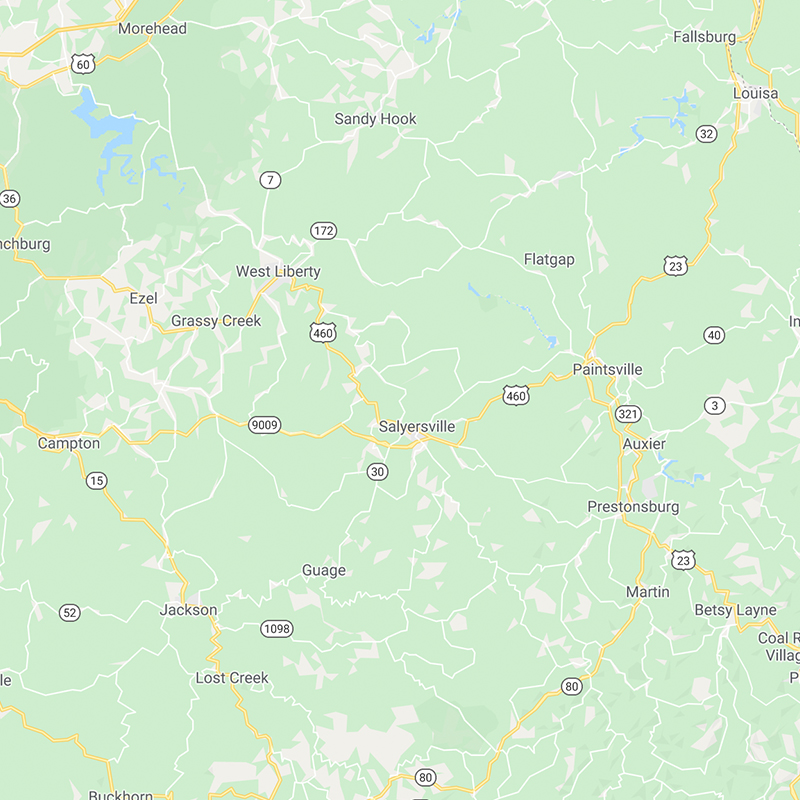Woodpeckers pecking trees is a common sight in many backyards and neighborhoods. They do this to find food, build nests, and attract mates. While most people think of the woodpecker activity as being a nuisance, some worry that the damage woodpeckers are doing is more than just superficial. So, do these birds damage trees?
Do Woodpeckers Hurt Trees?
The short answer is no. Woodpeckers do not harm trees. In fact, they help them! Woodpeckers eat insects that are harmful to trees. These include carpenter ants and wood-boring beetles. By eating these insects, woodpeckers protect trees from infestation and disease.

How Much Damage Do Woodpeckers Cause?
While woodpeckers can cause damage to tree trunks, it’s usually not enough to kill the tree. The damage is typically superficial and is more of an annoyance than anything else.
If a woodpecker is only pecking at the tree bark to find food or build a nest, the damage is usually not severe. The woodpecker will only remove the outer layer of bark, which can be easily replaced by the tree.
Can Woodpeckers Actually Kill a Tree?
Woodpeckers can damage trees, but they usually don’t kill them. The most common reason for tree death is because of the diseases and pests that can enter the tree through the holes created by the woodpeckers.
However, there can be extreme cases where the woodpecker can actually girdle a tree, which is when the woodpecker removes a strip of bark all the way around the tree. This prevents the tree from being able to transport water and nutrients, which will eventually kill the tree.
While it’s rare, girdling can happen if there is an infestation of carpenter ants or wood-boring beetles. The woodpecker will continually peck at the tree in an attempt to reach the insects.
There are also the sapsucker woodpeckers who are known to drill holes into healthy trees to get the tree sap. They often, go back to the same tree to feed. While this doesn’t kill the tree, it can weaken it and make it more susceptible to disease.
How to Identify Woodpecker Damage
There are a few signs that you can look for to determine if a woodpecker has been pecking at your tree.
- Holes in the bark
- Chipped or Missing bark
- Gouges in the wood
- Insects
- Peeling bark
- Exposed wood
These holes and chips are usually small, about the size of a quarter or less. The damage is usually found on the trunk of the tree and near the base.
Effects of Wood pecking on a Tree
If you notice any of the signs of damage above, it’s important to take action to protect your trees. You don’t want the woodpecker to continue pecking and cause more damage.
Holes in the bark can provide an entry point for disease and pests. – Diseases and pests can weaken the tree and put the tree under even more stress and can eventually lead to its death.
Chipped or Missing bark. – If the woodpecker has removed large pieces of bark, this can leave the tree vulnerable to infection and infestation. In addition, it exposes the inner wood of the tree to the elements, which can cause rot.
Gouges in the wood. – The birds will sometimes peck at the wood beneath the bark in search of food. This can create deep gouges that can weaken the tree.
Insects. – Woodpecker holes will attract insects, which can then infest the tree.
Peeling bark. – This can damage the tree’s ability to transport water and nutrients. If this happens, the tree will slowly die.
Exposed wood. – If the woodpecker has removed too much bark, this can expose the inner wood to rot and decay.
Why Do Woodpecker Peck at Trees?
The most common reason for woodpecker damage is because they are looking for food. Woodpeckers eat bugs that live in trees, such as beetles and ants. They use their beaks to peck at the bark of the tree to find these insects.
Another reason woodpeckers damage trees is because they are looking for a place to build their nests. The holes they make in the tree can be large enough to fit a chicken egg. These holes are usually found near the top of the tree.
Finally, woodpeckers peck trees to attract mates. The males will peck at the bark of trees to create a loud noise that can be heard for miles. The females usually respond to these calls by coming to the tree.

Is There Any Benefit At All To Woodpeckers?
Woodpeckers play an important role in the ecosystem. They eat wood-boring insects that can damage trees. In addition, they help to control the population of these insects.
The holes they create can also be a benefit to other animals. Birds, bats, and squirrels will often use these holes for nesting. They are also a source of pleasure to humans who enjoy watching these birds.

How to Prevent Woodpeckers from Pecking at Your Tree?
Woodpeckers are attracted to trees where they can find food and shelter. To prevent them from damaging your trees, you can take a few steps to make sure they are not attracted to your property. To make your property less attractive to woodpeckers, you can:
Scare the woodpeckers away
There are a number of ways to scare woodpeckers away from your trees. You can use visual deterrents, such as shiny objects or fake owls. You can also use auditory deterrents, such as loud noises or recordings of bird calls.
Remove the food source
As mentioned before, woodpeckers damage trees in search of food. If you remove the food source, they will be less likely to come to your property. You can do this by making sure there is no insect infestation in your trees.
Cover the tree
You can also prevent damage by covering the tree with netting or hardware cloth. This will not only keep the woodpeckers away, but it will also protect your tree from other animals.
Call a professional
If you are having trouble preventing woodpeckers from damaging your trees, you can call a professional. A wildlife control expert will be able to help you determine the best course of action and will take steps to keep the woodpeckers away from your property.

Do You Have a Problem With Woodpeckers?
If woodpeckers are pecking at your precious ornamental or fruit trees, it’s best to take action to prevent further damage. Calling a professional woodpecker control company may be the best solution.
AAAC Wildlife Removal is a trusted name in woodpecker control and removal. We have the experience and knowledge to get rid of woodpeckers quickly and efficiently. Give us a call today, and let us help you with your woodpecker problem!
Can You Repair Woodpecker Damage to Trees?
In most cases, trying to repair woodpecker damage to trees will do more harm than good. If you try to seal the holes with caulk or putty, you could end up trapping disease inside the tree.
Applying fungicides to the holes to prevent disease is the best thing you can do for the tree. If you have a severe infestation of woodpeckers, you may need to call a professional to get rid of them.
Conclusion
Woodpeckers pecking at your ornamental trees can be concerning, especially if you don’t know the extent of the damage. But, there’s actually no need to worry. Woodpecker damage, although unsightly, is usually not life-threatening to the tree. In most cases, the damage is cosmetic and will not kill the tree.
If you are concerned about woodpecker damage to your trees, there are steps you can take to prevent it. You can also call a professional if you need help getting rid of woodpeckers
Originally published on https://aaacwildliferemoval.com/blog/woodpeckers/do-woodpeckers-damage-trees/




